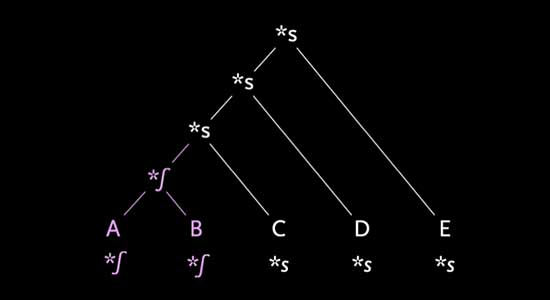Connecting the Dots: Reconfiguring the Indo-European Family Tree
The project aims to determine the branching structure of the Indo-European language family, a key element in understanding the migration processes in the recent prehistory of western Eurasia.

A prehistoric event with long-lasting effects on the modern world was the spread of Indo-European languages throughout western Eurasia from around six millennia ago. Recent results from ancient genetics have made it clear that the spread of Indo-European languages into Europe and western Asia was connected with the spread of genes and cultures in the Late Neolithic and Bronze Age.
However, we still do not understand the early diversification of the Indo-European languages and how it squares with the archaeological and genetic evidence.
By examining the branching order of the Indo-European language family through a refined methodological approach to linguistic subgrouping, the project stages language as a key component in the new, more detailed prehistory of Eurasia that is being written now.
1. What is the higher-order branching structure of the Indo-European language family?
2. Do Indo-Iranian and Balto-Slavic form a subgroup?
3. Do the satəm branches (Armenian, Albanian, Indo-Iranian, Balto-Slavic) form a subgroup?
4. Do Armenian, Albanian and Greek form a subgroup?
